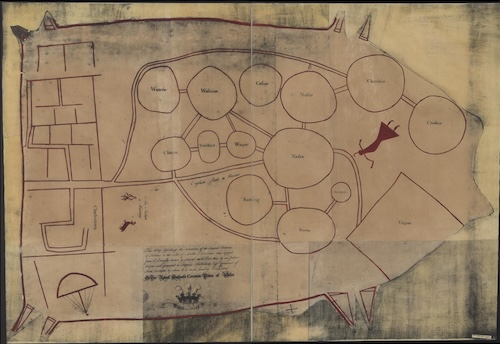Working with Named Places: How and Why to Build a Gazetteer
- Authors
- Topics:

Reviewed by:
- Vincent Ducatteeuw
- Andrew Janco
Learning outcomes
After completing this lesson, you will be able to:
- Understand the concept of place
- Define what a gazetteer is and distinguish it from other forms of spatial information
- Identify scenarios for which creating a gazetteer may be preferable to using a geographic information system
- Transform a historical text into a gazetteer
- Share a gazetteer with other platforms to enhance it and use it for analytical purposes
Interested in learning more?
Check out this lesson on Programming Historian's website
Go to this resource